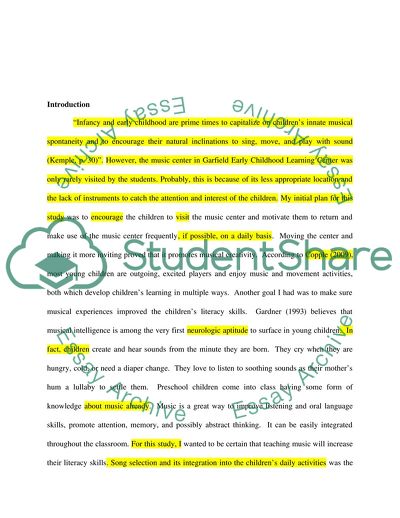Cite this document
(Creative Music Center in the Preschool Classroom Research Proposal, n.d.)
Creative Music Center in the Preschool Classroom Research Proposal. https://studentshare.org/music/1800815-creative-music-center-in-the-preschool-classrrom
Creative Music Center in the Preschool Classroom Research Proposal. https://studentshare.org/music/1800815-creative-music-center-in-the-preschool-classrrom
(Creative Music Center in the Preschool Classroom Research Proposal)
Creative Music Center in the Preschool Classroom Research Proposal. https://studentshare.org/music/1800815-creative-music-center-in-the-preschool-classrrom.
Creative Music Center in the Preschool Classroom Research Proposal. https://studentshare.org/music/1800815-creative-music-center-in-the-preschool-classrrom.
“Creative Music Center in the Preschool Classroom Research Proposal”. https://studentshare.org/music/1800815-creative-music-center-in-the-preschool-classrrom.


